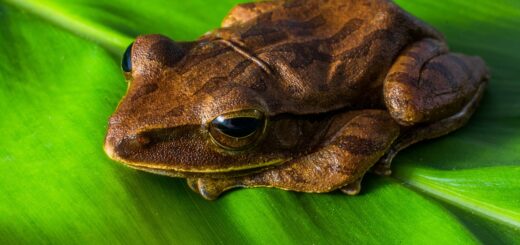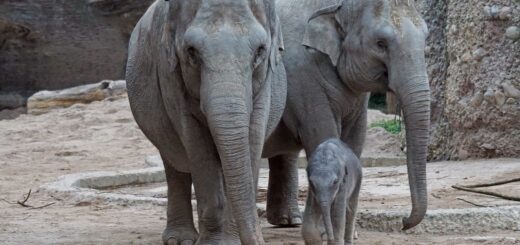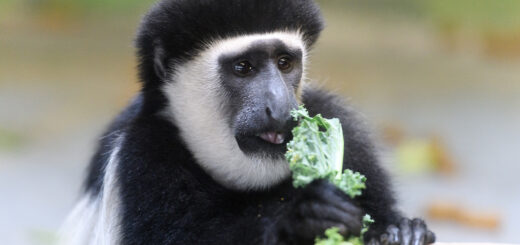NUTRITIONAL COMPARISON OF ENRICHED DIET ITEMS FED TO SYNGNATHIDS
Citation
Eckert J, Hoopes L. 2013. Nutritional comparison of enriched diet items fed to syngnathids. In Ward A, Coslik A, Mahan K, Treiber K, Reppert A, Maslanka M, Eds. Proceedings of the Tenth Conference on Zoo and Wildlife Nutrition, AZA Nutrition Advisory Group, Salt Lake City, UT.
Abstract
Seahorses and other Syngnathid species are commonly showcased in many zoos and aquariums worldwide. However, very little is known about the nutrient composition of the wild diets of these animals making it difficult to properly formulate an adequate diet for these animals when managed under human care. Current feeding strategies vary widely between institutions, often involving the enrichment (through various commercial products) of small live crustaceans, such as Artemia nauplii. Recently, more attention has been paid to the actual nutritional benefit of these enrichment strategies with respect to cultured marine fish, with a few studies emerging on seahorses proper. These studies suggest that a greater concentration of n-3 highly unsaturated fatty acids may be beneficial for optimal growth and survival. Vitamin E and selenium are also important for proper muscle growth and function, and deficiencies may be responsible for myopathies in some seahorse species. For these reasons, fatty acid composition, vitamin E, and selenium levels were measured in enriched live foods typically fed to Syngnathids at the Georgia Aquarium. Results suggest that few of the enrichment strategies tested provided the recommended fatty acid ratios and that a combination of enrichment products may be needed to achieve proper highly unsaturated fatty acid ratios. Further testing is needed with other enrichment products in order to determine the effects they have on the growth, survival, and reproduction in Syngnathids.
 16_Eckert.pdf 77 KB
16_Eckert.pdf 77 KB








